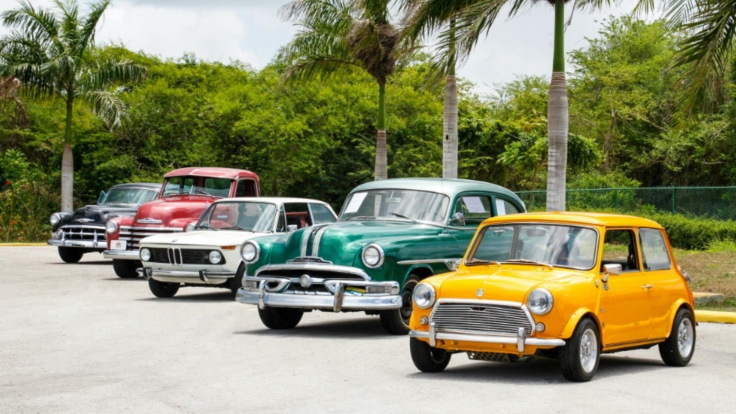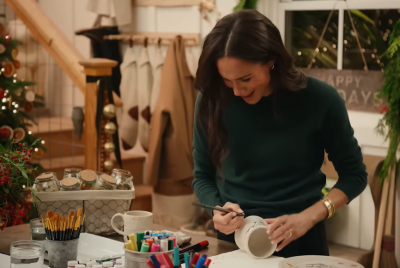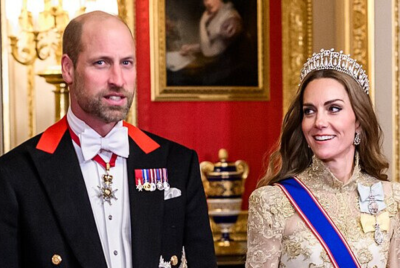DVLA Car Registration Updates: What They've Changed For The First Time In 40 Years And Who Will Be Affected
From August, classic car owners won't need to report standard repairs, and even major modifications can keep the vehicle's original ID.

For the first time in four decades, the DVLA is making sweeping changes to how classic and historic cars are registered in the UK.
From 26 August 2025, three key updates will take effect. These will impact how repairs, structural modifications, and electric conversions are treated. The goal is to simplify the system, preserve vehicle identity, and support a £4 billion (approximately $5.1 billion) industry.
But what rules are actually changing? Here's what classic car owners should know before 26 August.
Like-for-Like Repairs No Longer Need Reporting
Owners will no longer have to notify the DVLA about like-for-like repairs or restorations. This applies if the vehicle's appearance remains unchanged from its original factory condition, and if the V5C log book details stay the same, and it's important to note that this rule applies to vehicles of any age.
This marks a major shift from past policy, where even minor work could result in reclassification. Previously, vehicles risked being issued with a Q-plate — a mark of unverifiable history — or forced to adopt a new Vehicle Identification Number (VIN). The industry had long argued that this approach was inflexible and outdated.
Modified and Electric Cars Can Keep Their Identity
Vehicles that have undergone major structural changes will now be allowed to retain their original VIN and registration number. Owners must still inform the DVLA of the changes, but the car's historic identity will remain intact. This is a significant change for restoration projects.
Electric conversions are also covered under the new rules. As more owners replace petrol engines with electric motors, the DVLA now allows these vehicles to keep their original registrations. Again, official notification is required, but the process is now far less restrictive.
Why These Changes Are Happening Now
The updates follow a government-led Call for Evidence launched on 9 May 2024. Over 1,350 responses were collected in just eight weeks, highlighting deep problems with the old system. The classic vehicle sector had long pushed for a review.
Since the 1980s, decisions about vehicle identity have been made under centralised rules, replacing the earlier localised system. Critics said the process was ambiguous, expensive, and often unfair. In response, the DVLA committed to working with the Historic and Classic Vehicles Alliance (HCVA) to create a clearer policy.
Supporting an Industry Worth Billions
The UK's historic vehicle sector supports over 115,000 jobs — roughly the same as the country's entire ports workforce. Specialist restoration skills contribute at least £335 million (approximately $428 million) a year to the economy. Total annual revenue from the industry is estimated at £4 billion (approximately $5.1 billion).
There are currently around 3.1 million classic and historic vehicles registered in the UK. Many of these cars are owned, maintained, and restored by small businesses or individual enthusiasts. The policy change helps ensure these vehicles remain roadworthy and legally recognised.
What Happens Next
The new DVLA guidance takes effect on 26 August 2025. Full details will be published on GOV.UK on the same day. Owners undertaking future restorations or conversions will need to familiarise themselves with the revised rules.
For now, the updates mean that treasured vehicles will no longer lose their identity because of repairs or upgrades. According to the DVLA, these reforms aim to modernise the system while protecting the UK's motoring heritage.
© Copyright IBTimes 2025. All rights reserved.





















